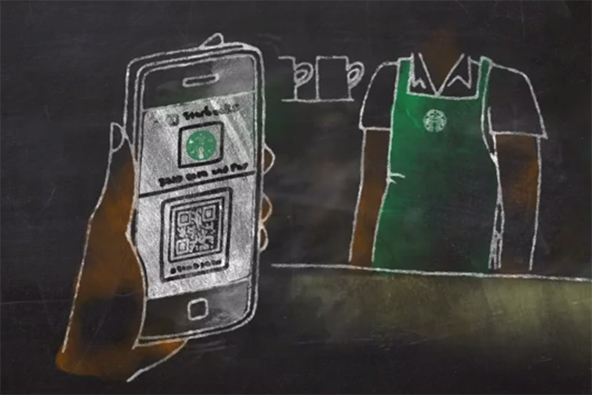MasterCard Procedures for Card Recovery and Return

Visa and MasterCard require both merchants and member banks to follow specific procedures for recovering and returning counterfeit cards or cards that are not used by the authorized cardholder. This post will detail MasterCard’s procedures.
Card recovery at the point-of-sale (POS). MasterCard requires that processing banks and their merchants recover a card, if possible by reasonable and peaceful means, when:
- The card issuer advises the merchant to recover the card in response to an authorization request or a Code 10 call.
- The Electronic Warning Bulletin file or an effective regional Warning Notice lists the account number.
After recovering a card, the merchant should notify its processor’s authorization center and receive instructions for returning the card. If mailing the card, the merchant should first cut the card in half through the magnetic stripe.
Returning recovered cards. The processor is required to follow these procedures when returning a recovered card to the issuer:
- If the merchant has not already done so, the processor needs to cut the card in half vertically through the magnetic stripe.
- The processor should then forward the recovered card to the issuer within five calendar days of receiving the card along with the first copy (white) of the Interchange Card Recovery Form (ICA-6). The additional copies are file copies for the processor’s records. A recovered card needs to be returned to the security contact of the issuer.
Returning counterfeit cards.The processor or merchant is required to return counterfeit cards to the issuer by following the instructions provided by the authorization center. The following information identifies an issuer:
- The issuers bank identification number (BIN) embossed on the front of the card.
- The member ID imprinted in the Card Source Identification area on the back of the card.
MasterCard rewards for retained cards. The processor may pay the merchant reward for capturing a MasterCard card in accordance with local practices. The processor must follow these standards when paying a reward:
- Pay no less than $50 to the merchant capturing a card listed on the Electronic Warning Bulletin file or in the Warning Notice.
- Pay the merchant $100, if a merchant initiates an authorization call because of a suspicious transaction or captures a card not listed in the Electronic Warning Bulletin file or in the Warning Notice.
- Pay a reward to a financial institution for the capture of another issuer’s card if it is the processor’s practice to pay its tellers rewards for picking up its own cards. The amount of the reward should be the same amount paid for the capture of the processor’s own cards.
- Charge the issuer for reimbursement of the reward paid when each captured card is sent.
Reward Amounts. The processing bank should follow these guidelines for determining reward amounts.
| IF the capture… | THEN pay this amount… |
| Resulted from a “Merchant Suspicious” phone call | $100 |
| Did not result from a “Merchant Suspicious” phone call | $50 |
| Leads to the capture of additional cards | $50 for each card captured, with a maximum total of $250 for any one incident |
The recovering bank can collect an administrative fee of $15 for processing the captured card. The capturing member may add this fee to the amount of the reward reimbursement or collect the fee independently.
Reimbursement of rewards. The following requirements should be followed when a reward is reimbursed:
- When returning the card to the issuer, the processor will obtain reimbursement for the reward paid and the $15 fee.
- If an processor returns a card to an issuer and a reward is not paid, the processor can collect a $15 fee.
- Upon receipt of the Interchange Card Recovery Form (ICA-6), the issuer should match it to the Fee Collection / 1740 message record based on the acquirer member ID, account number, and recovery date comparisons.
- If an exempt member has an electronic reward payment processed, clearing receives the record by an information slip. The transaction is part of the Net Settlement System for settlement purposes.
Image credit: Wikimedia Commons.


